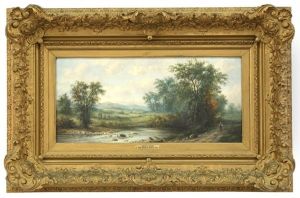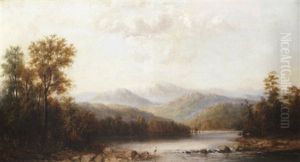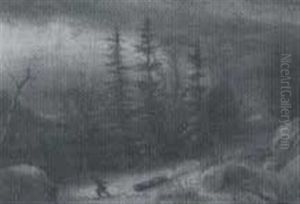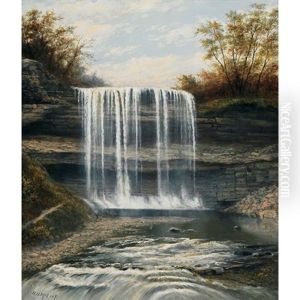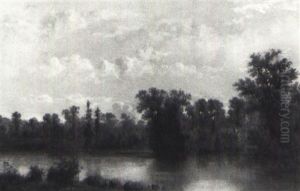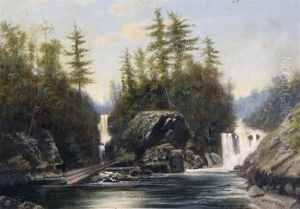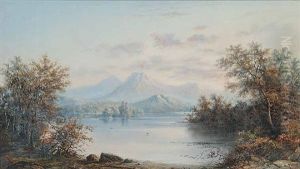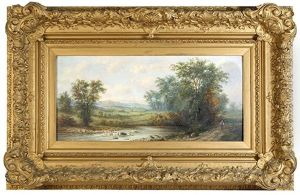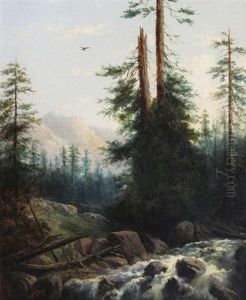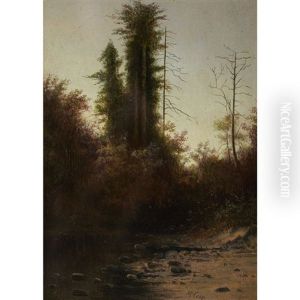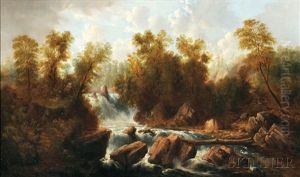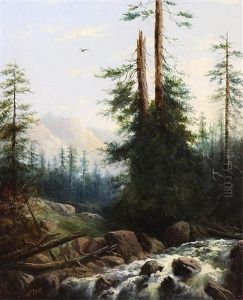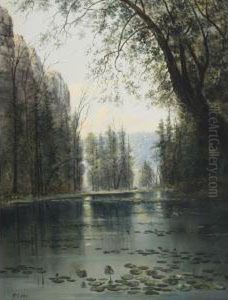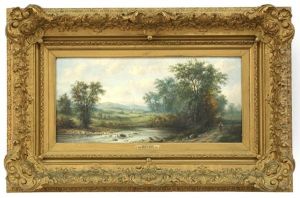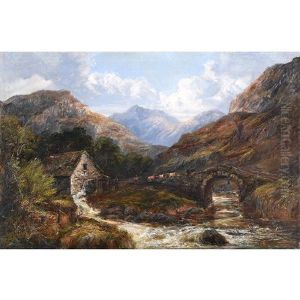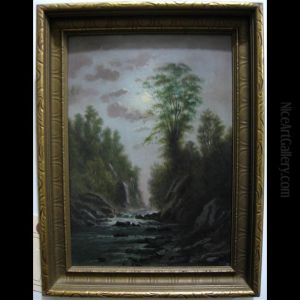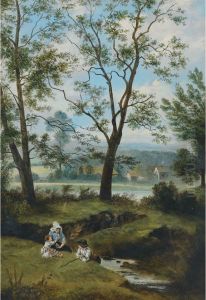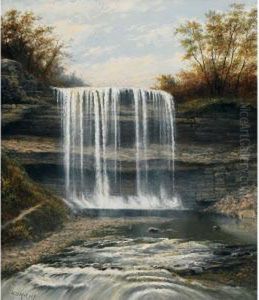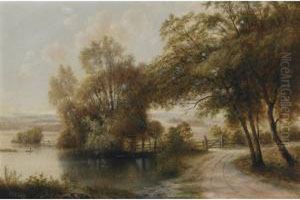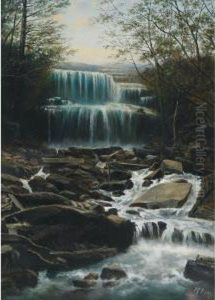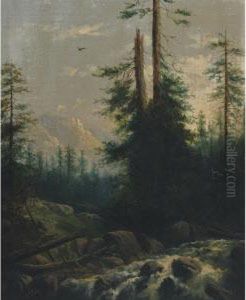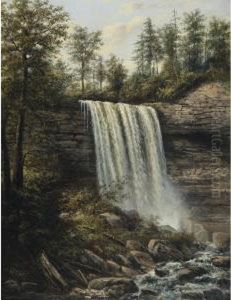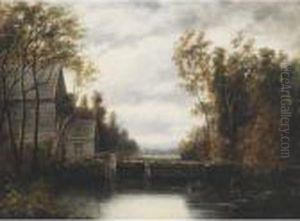Henry Nesbitt Mcevoy Paintings
Henry Nesbitt McEvoy was a notable British-Canadian artist and art educator, whose life spanned most of the 19th century and the early years of the 20th century. Born in 1828, in London, England, McEvoy embarked on his artistic journey in his native country, developing a foundation that would see him contribute significantly to the Canadian art scene upon his relocation.
McEvoy's art education and early career took place in England, where he was exposed to the rich traditions of European art. His work initially focused on the classical and romantic styles prevalent at the time. In search of new opportunities and inspired by the promise of the New World, McEvoy moved to Canada in the mid-19th century, settling in Toronto, Ontario. This move marked the beginning of an important chapter in his career and in the development of Canadian art.
In Canada, McEvoy quickly established himself as a prominent figure in the art community. He was instrumental in the establishment of art institutions and societies that played a crucial role in nurturing Canadian talent and bringing Canadian art to the forefront. His contributions were not limited to his own artistic practice, which included both painting and teaching. McEvoy was deeply involved in the education of young artists, believing in the importance of a solid foundation in the arts for the development of a distinct Canadian artistic identity.
Throughout his career, McEvoy was known for his landscapes and portraits, capturing the essence of Canadian natural beauty and the character of its people. His style evolved over the years, incorporating influences from his British background with the new realities and landscapes he encountered in Canada. This blend of influences contributed to the uniqueness of his work and its importance in the narrative of Canadian art history.
McEvoy's legacy is not only in the artworks he left behind but also in his impact on the Canadian art community. His dedication to the promotion of the arts and the education of young artists helped lay the groundwork for the vibrant Canadian art scene that would emerge in the years following his death in 1914. Henry Nesbitt McEvoy's life and work remain a significant chapter in the history of art in Canada, reflecting the transition and integration of European art traditions within the Canadian context.
